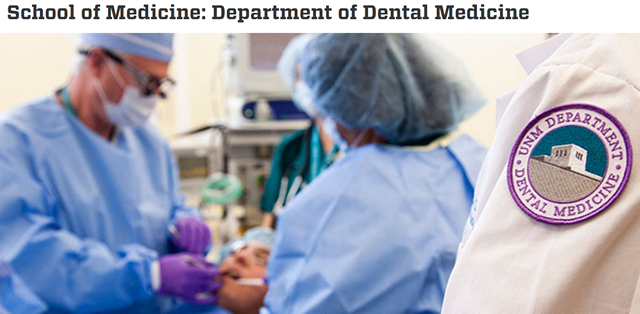
Dental Hygiene ETDs
Publication Date
8-27-2012
Abstract
The number of institutionalized persons with developmental disabilities has decreased by 75 percent and those living in psychiatric facilities has decreased by 91 percent since deinstitutionalization began in the1960s1-3. These people have been integrated into community settings only to find out that their community is often unprepared to meet their dental and oral health needs2, 3. Those with developmental disabilities are experiencing an increase in life expectancy due to advances in medical care3. Dental professionals often avoid treating this population in fear of behavioral support techniques that may be unfamiliar to them15. Compounding this is the fact that many individuals may experience increased health problems due to unresolved oral health issues3. This issue requires a number of solutions of which education of dental providers remains foremost7, 8, 9, 10, 11, 12. The Commission on Dental Accreditation (CODA) has responded with a revision of the academic standard regarding special care education9. This study surveyed New Mexican dental hygiene students in their final year of study in order to assess the amount of time students received both clinically and didactically in treating persons with developmental disabilities. This was then compared to the students' confidence level and likelihood to treat persons with developmental disabilities in the future.
Degree Name
Dental Hygiene
Level of Degree
Masters
Department Name
Dental Medicine
First Committee Member (Chair)
Nathe, Christine
Second Committee Member
Lyons, Ray
Third Committee Member
Gonzalez, Elmer
Language
English
Keywords
dental hygiene, disabilities, developmental disabilities, dental, oral health
Document Type
Thesis
Recommended Citation
Roybal, Juliet. "Dental Hygiene Special Needs Education in New Mexico-A Survey." (2012). https://digitalrepository.unm.edu/dehy_etds/3
